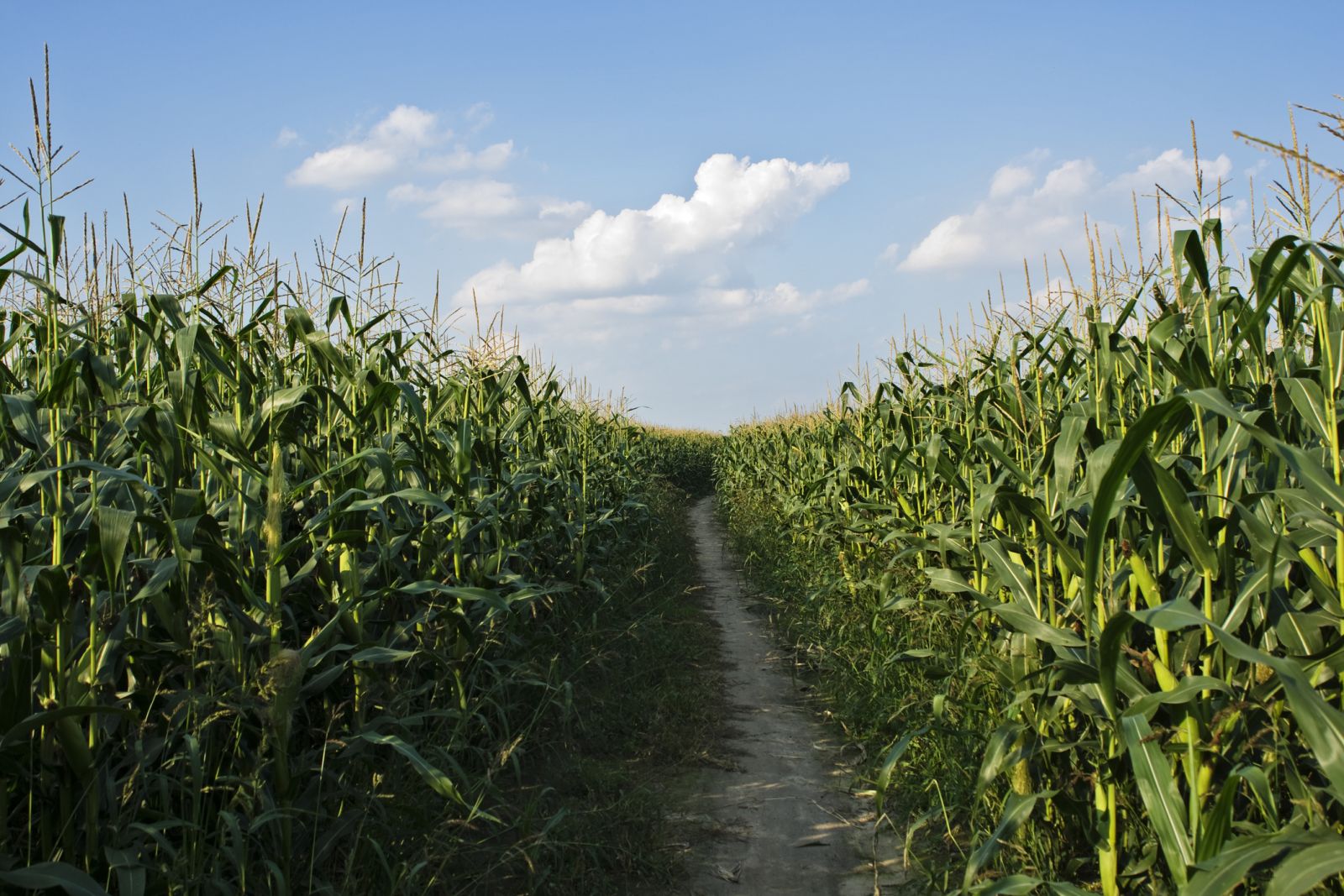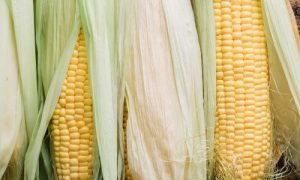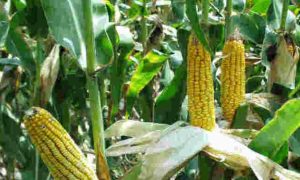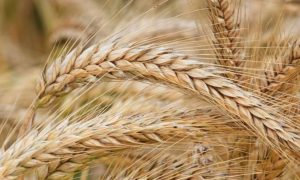Government of Madhya Pradesh Issues Advisory on Pest and Weed Management for Soybean and Maize Crops

Global Agriculture
26 July 2025, Bhopal: The Government of Madhya Pradesh has issued a critical advisory for farmers cultivating soybean and maize, following observations of increasing pest and weed pressure in the fields. With the sowing of major Kharif crops such as soybean, maize, moong, urad, and arhar nearly completed across the state, the Agriculture Department has stressed the urgency of adopting timely protective measures to safeguard crop health and productivity.
Weed Management Measures in Soybean Fields
According to Ashok Kumar Upadhyay, Deputy Director of Farmer Welfare and Agriculture Development, it is important for farmers to manage weeds mechanically using traditional tools like the dora or kulpa.
For chemical control in soybean, he recommended that farmers begin post-emergence herbicide applications at specific intervals after sowing. Around 12 to 15 days after sowing, a mixture of Chlorimuron Ethyl 25 WP and Suflexate at 36 grams per hectare should be sprayed, along with Bentazone 480 SL at 2 liters per hectare. Between 15 and 20 days after sowing, the application of Imazethapyr 10 SL at 1 liter per hectare and Quizalofop Ethyl 5 EC at a rate of 750 to 1000 milliliters per hectare can help achieve effective weed suppression in soybean fields.
Rising Threat of Yellow Mosaic Virus in Soybean
The Department has issued a warning that after recent rainfall and under persistent cloudy conditions, soybean crops are at high risk of whitefly infestation. Whiteflies are known vectors of the Yellow Mosaic Virus, a disease that severely reduces crop yield and quality. To counter this emerging threat, the Agriculture Department has recommended the application of key insecticides during early infestation stages. Thiamethoxam 25 WP should be applied at 100 grams per hectare, while Etofenprox 10 EC is advised at 1.25 liters per hectare. For more targeted control, farmers may also use Acetamiprid 20 WP in the range of 200 to 250 grams per hectare, or Imidacloprid 17.8 SL at a dosage of 10 milliliters per hectare.
Stem Borer Infestation Observed in Maize
In maize crops, the presence of stem borer larvae has been confirmed in multiple fields. This pest, if not addressed promptly, can cause the plant to weaken structurally, potentially leading to crop loss. The Agriculture Department has suggested using advanced insecticide formulations to mitigate the threat. One such recommendation includes Beta-Cyfluthrin 8.49 percent combined with Imidacloprid 19.81 percent, commercially available under the brand Soloman, which should be sprayed at 350 milliliters per hectare. Additionally, a combination of Lambda-Cyhalothrin and Thiamethoxam can be applied at a dosage of 200 milliliters per hectare to control the pest population effectively.
Focus on Drainage and Integrated Biological Practices
Proper water drainage remains essential in the ongoing monsoon season, especially to reduce the susceptibility of crops to fungal and bacterial infections. The Agriculture Department has strongly advised farmers to ensure that fields are not waterlogged. For fruit fly management, especially in pulses and vegetables, the use of biological control methods such as poison bait traps and light traps has been encouraged. These tools form an integral part of the integrated pest management (IPM) approach and can help reduce the reliance on chemical insecticides while promoting ecological balance in the farming ecosystem.
Timely Action to Safeguard Yields
This advisory from the Government of Madhya Pradesh arrives at a crucial juncture for farmers. The vegetative stage of soybean and maize is highly sensitive to external threats, and early intervention is necessary to secure yields. Through a combination of mechanical tools, recommended herbicide and insecticide applications, and integrated biological techniques, the Agriculture Department hopes to help farmers maintain crop health and minimise losses during this vital Kharif season.
To Read more about Maize News continue reading Agriinsite.com
Source : Global Agriculture
















